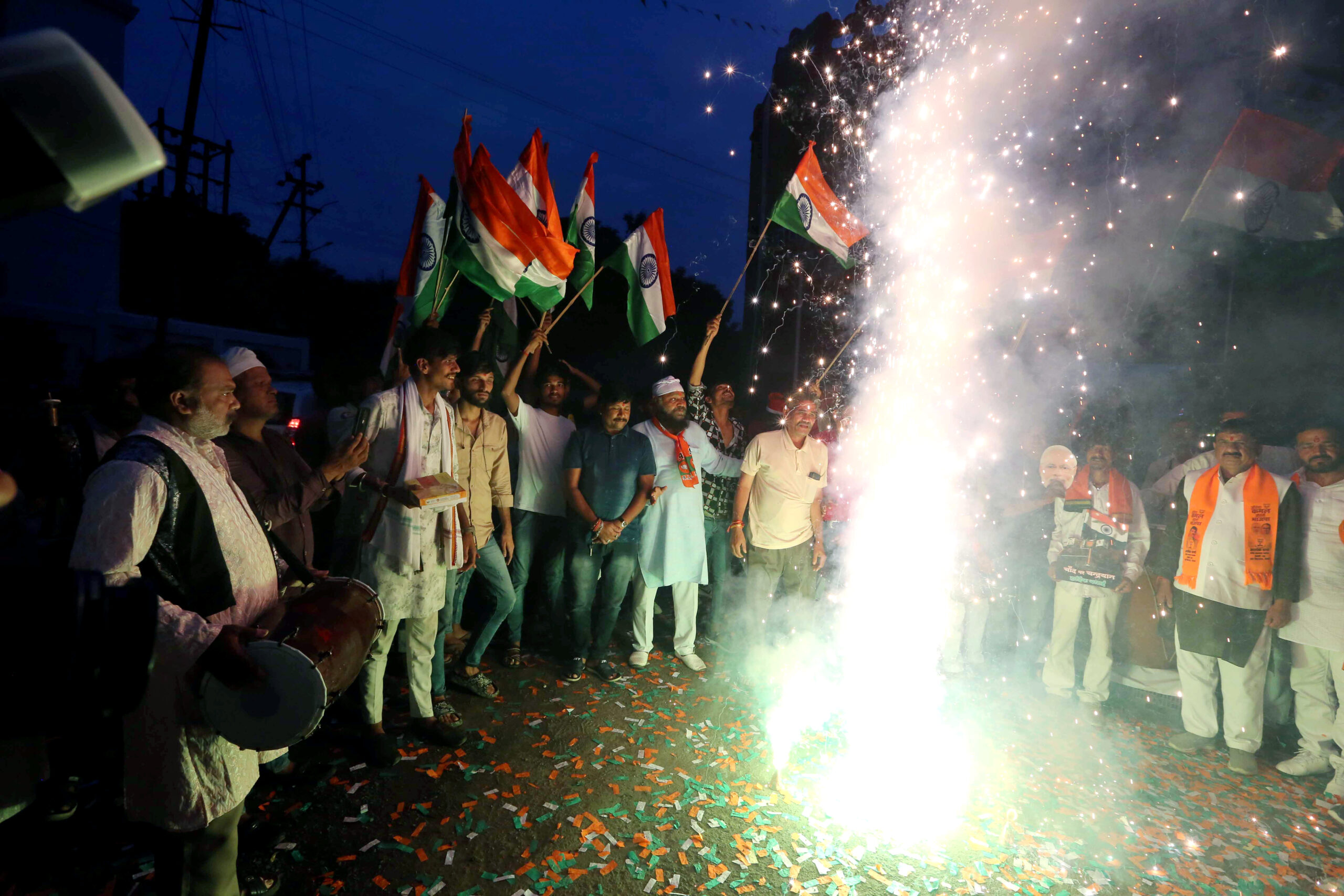This week, it is all about India for leaving an incredible mark on global politics by adding a new chapter in space diplomacy and multilateralism. On one hand, India’s Chandrayaan 3 successfully landed on the south pole of Moon and made India the fourth nation in the world to achieve this unbelievable soft landing, we should never forget it is the first nation in the world to land on the south pole of Moon. This will definitely open a window of unimagined possibilities for India and other emerging economies in the domains of space technology, space economy and space diplomacy. On the other hand, India played a critical role in the expansion of Brazil, Russia, India, China & South Africa (BRICS) to make it BRICS+ with addition of six (6) new permanent members to it (more than the existing number of the members!). By this crucial expansion, BRICS has given the message of institutional development (Is United Nations Security Council reading?) and inclusive growth what India’s Prime Minister mentioned in his departure statement before leaving for Johannesburg for the 15th summit of BRICS.
Indian Tricolour on Moon
India has proved that hard work and perseverance never fail. After failure of Chandrayaan 2 in 2019, the determined scientists of Indian Space Research Organisation (ISRO) did not leave any stone unturned to find the gaps and closing them holistically to come up with mission Chandrayaan 3. This time India not only achieved a soft landing on Moon and became the fourth nation following the US, Russia and China to place its flag on Moon, it became the first nation to land near the important south pole of Moon, which is an unexplored area and of immense significance to the players of space technology. This grand success of India has not only aligned it with the major powers the global world order, it has also enabled India to start the next ambitious space missions as announced by Indian PM and the ISRO chief on 23 August 2023 after the historic soft landing of Chandrayaan 3 on Moon. India’s PM, Shri Narendra Modi has also highlighted that this success belongs to the entire humanity and it has opened a new chapter in India’s space odyssey. India will not only launch its next missions; it will also collaborate with the likeminded nations in the domain of space technology to promote space-based economy.
When we look from diplomacy’s point of view, India has broken stereotypes and barriers of the so called ‘elite club’ of space technology, and it has also strengthened the voice and capabilities of global south. So far, we could see how such missions were limited to the major space powers only. But India has opened boulevards for the developing nations (read: emerging economies) by accomplishing a lunar mission that was cost effective as well. With an approximate budget of USD 75 million, India’s Chandrayaan 3 reached moon. This should also be noted that the components of Chandrayaan 3 were home-made by Indian companies under the guidance of ISRO. There are more than 380 such companies that work in the area of space technology and contribute to Indian economy incredibly. India has not only democratized this domain of space for the emerging economies, it is also looking forward to greater collaboration among the emerging economies in space technology. From data and technology sharing to co-research, co-production and co-launches, there are many opportunities that India sees in space technology development and cooperation. ISRO is already working with four countries for launching foreign satellites, and the success of Chandrayaan 3 would certainly bring other likeminded nations to collaborate with India and boost their space technology as well as economy. Also, this accomplishment of India will strengthen multipolarity and democratization of power.
BRICS becomes BRICS+
Boosting economy with sustainable development is one of the primary objectives of BRICS. This week, the 15th BRICS summit was held in Johannesburg, South Africa. Apart from adopting the historic Johannesburg II Declaration, the member nations also announced and welcomed six new permanent members of BRICS. Three nations from West Asia (Iran, Saudi Arabia and UAE), two from Africa (Egypt and Ethiopia) and one from South America (Argentina) got the permanent membership of BRICS adding to its total share of the world’s population, territory and GDP. These new members would also strengthen the core purposes of BRICS and would empower the voice of global south. From fighting the war of global terrorism to promoting cultural connects, from boosting economy to ensuring sustainable development, from opening new avenues of collaboration in the areas of education, agriculture and technology to infrastructure development, women-led development and more, the expansion of BRICS brings a whole gamut of opportunities for those nations who want to grow.
It should not be about self-growth only. It should also be about the larger goal of all-inclusive growth. India is giving this significant message from Moon!
The author is Professor, School of International Studies, JNU







